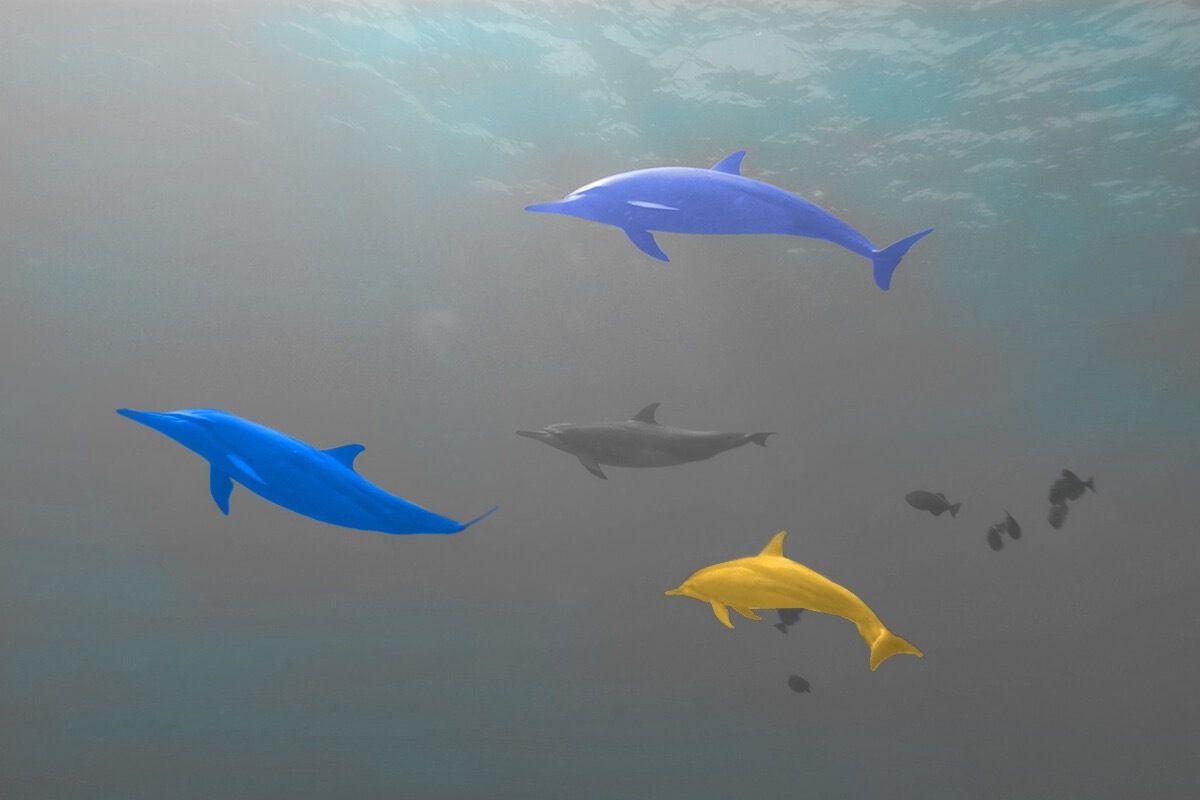
Some ants are edible.
Although ants rarely appear on the menu in the United States, it’s a different story in other parts of the world. Countries in Southeast Asia, Africa, South America, and even America’s backyard — Mexico — all have traditional dishes or ingredient blends that contain ants. In Laos, weaver ants add an acidic tang to fish soups, while in Mexico, fried leaf-cutting ants are a fixture at local markets. Although both larvae and adult ants can be eaten, the former is usually more appetizing; adult ants contain less flavor, though they are richer in protein. Ants also contain fiber, vitamins, and minerals such as iron, magnesium, potassium, zinc, and phosphorus. In other words, ants might just count as a superfood.
Nutrition aside, perhaps the most convincing reason people might consider adding ants — and other insects — to their diet is the low environmental impact of consuming these creatures. Compared to conventional livestock farming, which may produce around 17% of the world’s greenhouse gas emissions, raising insects for consumption produces less emissions, uses less land, and provides other benefits, such as pollination and waste decomposition. Even substituting corn-based animal feed with insects could take a significant bite out of the agricultural industry’s carbon footprint. With the world’s population expected to reach nearly 10 billion by 2050, some experts argue that a green-friendly source of protein and vitamins shouldn’t be ignored — even if some people will still need to get past that unappetizing “ick” factor.
Think of the most painful sting in the world, and the infamous “murder hornet” might come to mind. However, the record for the most painful sting from an animal belongs to the bullet ant (Paraponera clavata). The bite of these tiny creatures, native to parts of Central and South America, contains poneratoxin — a paralyzing toxic peptide that reportedly feels like “walking over flaming charcoal with a three-inch nail embedded in your heel.” That’s according to American entomologist Dr. Justin Schmidt, nicknamed “the King of Sting,” who allowed a variety of species to sting him and then rated the results on a four-point scale in a pain index published in 1983. The effects of a bullet ant’s sting last around 12 to 24 hours and can include sweating, shaking, goosebumps, nausea, and vomiting — but thankfully not death.

